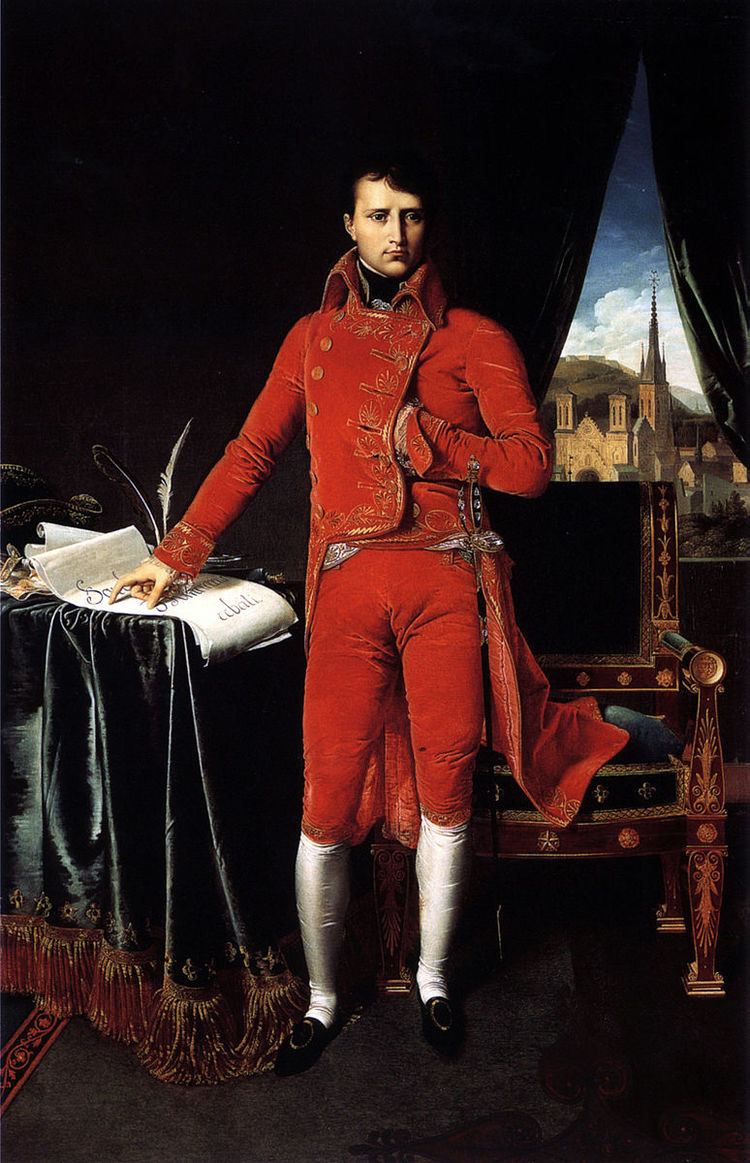 | ||
1802 (MDCCCII) was a common year starting on Friday (dominical letter C) of the Gregorian calendar and a common year starting on Wednesday (dominical letter E) of the Julian calendar, the 1802nd year of the Common Era (CE) and Anno Domini (AD) designations, the 802nd year of the 2nd millennium, the 2nd year of the 19th century, and the 3rd year of the 1800s decade. As of the start of 1802, the Gregorian calendar was 12 days ahead of the Julian calendar, which remained in localized use until 1923.
Contents
January–March
April–June
July–September
October–December
Date unknown
January–June
July–December
Date unknown
January–June
July–December
References
1802 Wikipedia(Text) CC BY-SA
